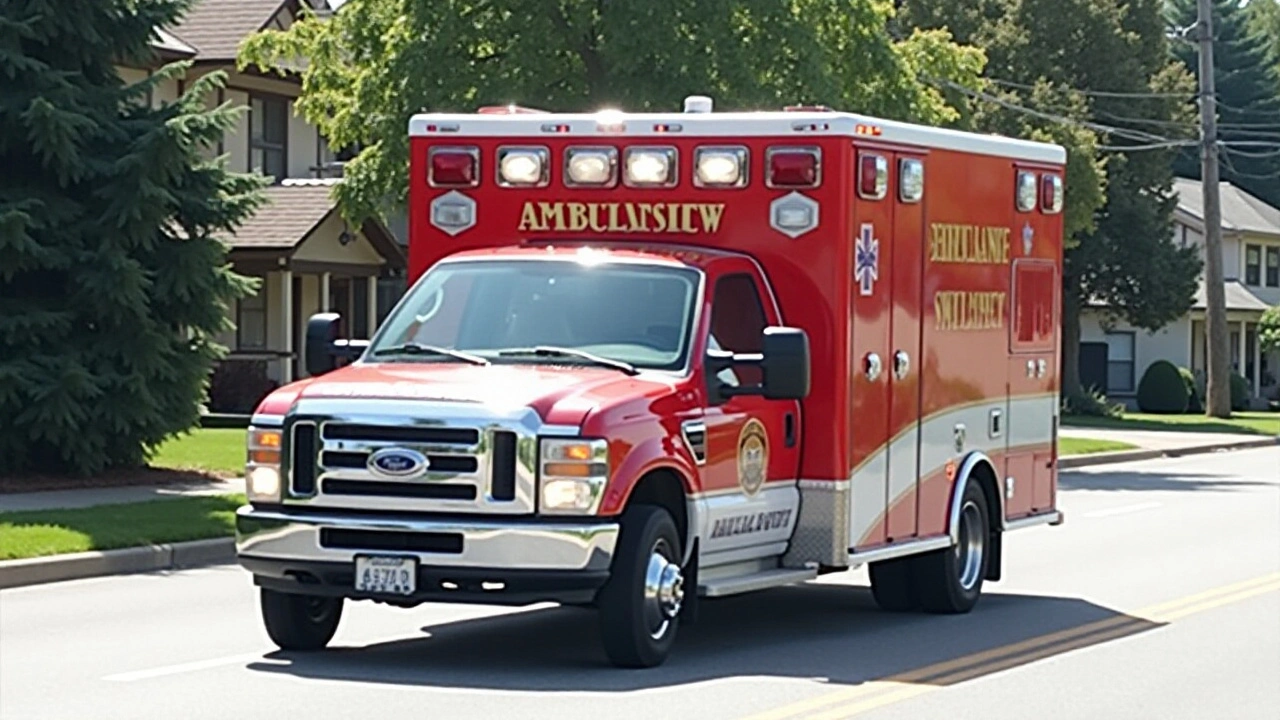When seconds count during a medical crisis, emergency medical services (EMS) step in to provide quick and effective care. EMS includes ambulances, paramedics, and EMTs who respond rapidly to accidents, sudden illnesses, and other urgent health issues. Knowing how EMS works can reduce panic and help you stay prepared if you ever need their help.
EMS teams are trained to handle emergencies on site—stabilizing patients, managing breathing or bleeding problems, and deciding the best hospital for treatment. Their goal is to keep you safe from the moment they arrive until you reach specialized care. Speed and skill can make a huge difference in survival and recovery, and EMS providers are essential in this chain of care.
It all starts when someone dials emergency numbers like 911 or local equivalents. Dispatchers quickly gather information to send the right help. EMS units are often equipped with advanced medical gear and staffed by professionals who can perform life-saving measures.
Once on the scene, paramedics assess the situation, provide immediate treatment, and keep monitoring your condition on the way to the hospital. Communication between EMS and hospitals ensures the emergency room is ready for the patient's arrival, cutting delay in treatment.
If you witness an emergency, stay calm and call for help immediately. Provide clear and accurate information about the location and patient's condition. Avoid moving the person unless they’re in danger, and follow dispatcher advice until EMS arrives.
Understanding EMS is not just about emergencies but knowing that these trained professionals are just a call away to save lives and assist communities. Their presence improves outcomes for everything from heart attacks to accidents, making them an essential part of public health and safety.
